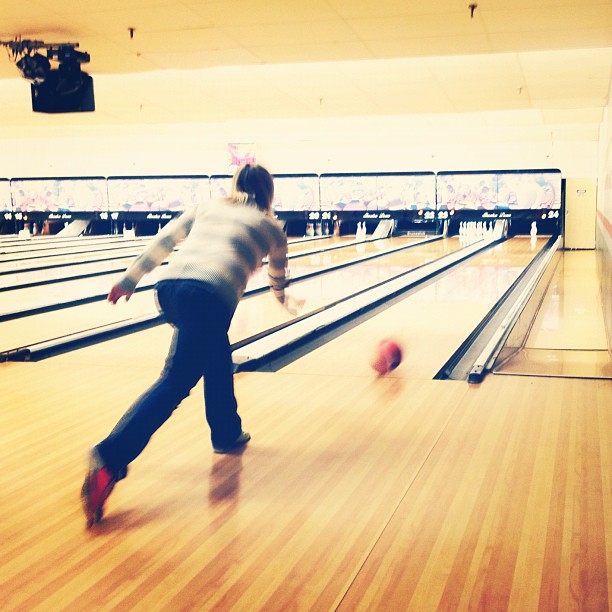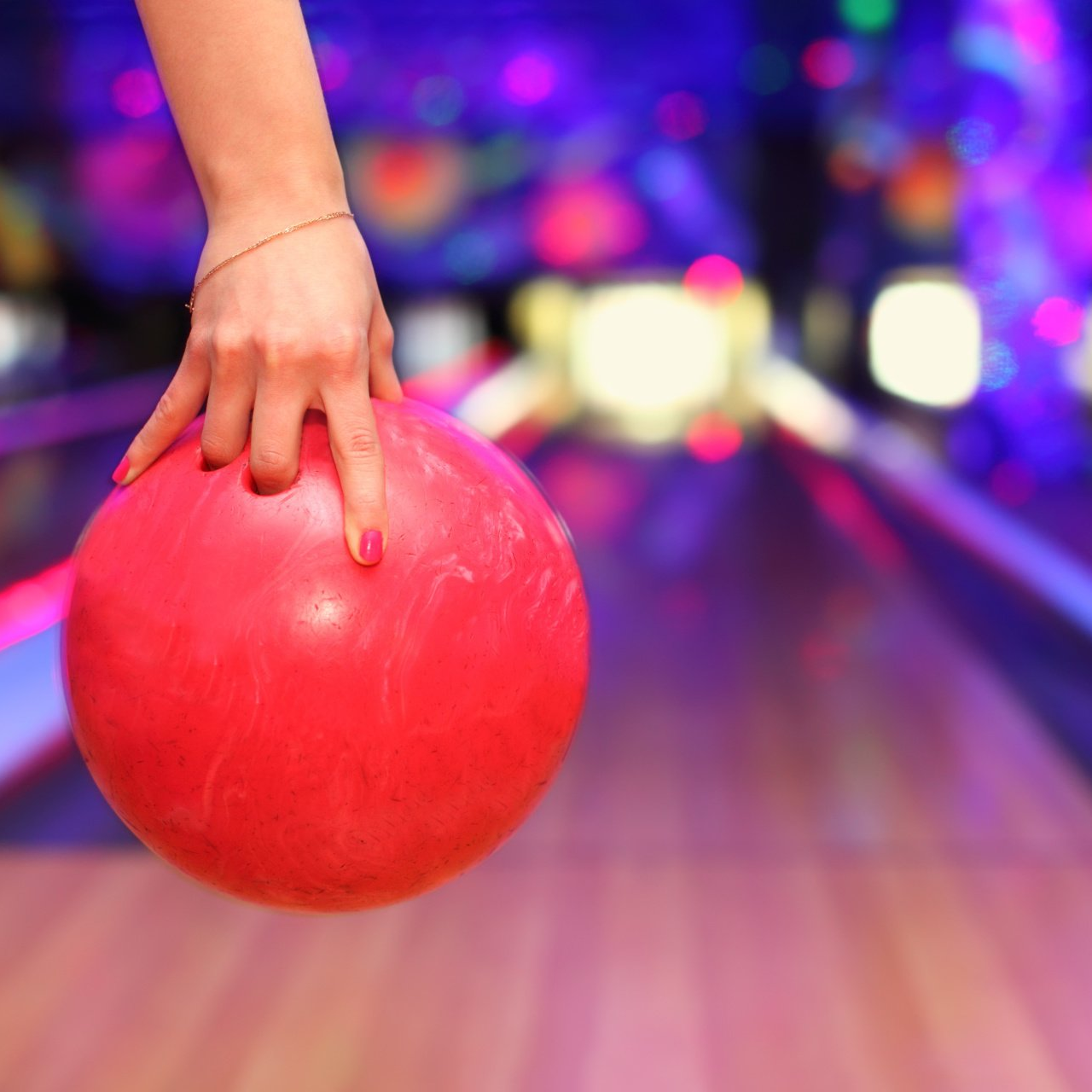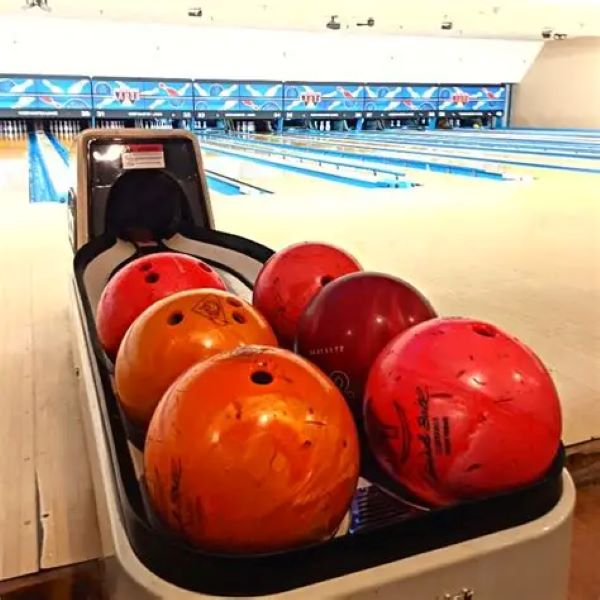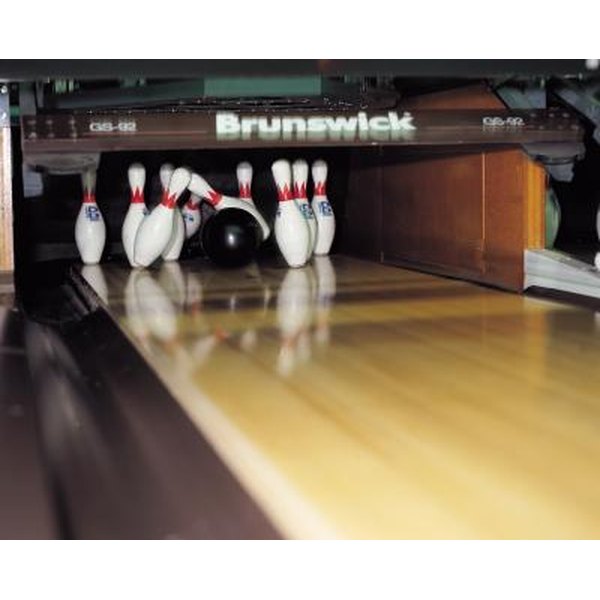Introduction
Improving your game on the lanes requires more than just rolling a ball down the alley. It takes focus, consistency, and smart technique. That’s where quality bowling tips come into play. Whether you’re just starting out or looking to refine your skills, targeted advice can make a significant difference in your score and overall enjoyment. From grip adjustments to lane reading, every small change adds up over time. The best bowling tips focus not only on physical form but also on mental strategy and equipment choices. In this article, we’ll explore practical, easy-to-follow bowling tips that help increase accuracy, boost power, and improve spare conversion rates. You’ll learn how to build a solid stance, develop a smooth release, and adapt to different oil patterns. With consistent practice and the right guidance, even average bowlers can see dramatic improvements. Let’s dive into the techniques that will elevate your game.
 Building a Strong Foundation with Proper Stance and Grip
Building a Strong Foundation with Proper Stance and Grip
Finding the Right Starting Position
A good shot begins long before the ball leaves your hand. Your stance sets the tone for balance, alignment, and rhythm. Start by standing behind the foul line with your feet shoulder-width apart. Position yourself so that your dominant foot is slightly ahead if using a four-step approach.
Keep your knees slightly bent. This lowers your center of gravity and improves stability during the swing. Avoid locking your legs, as stiff joints reduce flexibility and control.
Your upper body should remain relaxed. Shoulders stay level and face forward. Do not twist your torso at this stage.
Hold the ball close to your body with both hands. This keeps it centered and balanced. Align your eyes with your target—usually one of the arrows on the lane.
Practice shifting your weight gently from heel to toe. This motion prepares your body for the first step of your approach.
Consistency matters most. Use the same stance each time. Muscle memory develops faster when your starting point never changes.
Therefore, take time to perfect your stance. It forms the base of every successful throw.
Choosing and Adjusting Your Grip
The way you hold the ball directly affects your release and spin. There are three main grip styles: conventional, fingertip, and semi-finger tip. Most beginners start with the conventional grip because it offers more control.
In a conventional grip, your fingers go all the way into the holes. This reduces hook potential but increases straight-line accuracy.
As you progress, consider switching to a fingertip grip. Only the tips of your middle and ring fingers enter the holes. Your thumb goes in fully. This allows for greater lift and rotation at release.
Make sure your grip fits comfortably. Too tight causes tension. Too loose leads to early releases or wobbling.
Custom-fitted balls are ideal. Pro shops can mold inserts based on your hand size and finger length. This prevents strain and improves performance.
Also, check hole spacing regularly. Wear and tear can loosen inserts over time. Have them adjusted every few months.
Use rosin or drying agents if your hands sweat. A dry grip ensures better control.
Hence, never overlook the importance of proper gripping. It’s one of the most effective bowling tips for improving consistency.
Maintaining Balance Throughout the Approach
Balance is essential from start to finish. Without it, your timing breaks down and throws become erratic. Focus on keeping your head still and your spine straight during movement.
Begin your approach slowly. Rushing disrupts coordination. Each step should flow smoothly into the next.
Use a metronome-like rhythm. For a four-step approach, count “ball back, step two, step three, slide.” This helps synchronize arm swing and footwork.
During the final step—the slide—keep your sliding foot flat on the approach. Do not lift your heel too soon. This throws off your follow-through.
Your non-dominant hand should extend outward for counterbalance. Think of it like a tightrope walker using a pole.
Finish with a strong follow-through. Your bowling arm rises naturally toward the target. Your body leans slightly forward but stays upright.
Avoid stepping over the foul line. Sensors detect contact and result in a zero for that roll.
Practice dry runs without the ball. These help build confidence and muscle memory.
Thus, mastering balance turns random throws into repeatable shots.
 Developing Accuracy and Power Through Technique
Developing Accuracy and Power Through Technique
Perfecting the Arm Swing and Release
Your arm swing drives the entire motion. It must be smooth, natural, and free of jerky movements. Let gravity do most of the work. Do not force the ball backward.
Start with the ball at waist height. As you take your first step, let it drop straight down. Keep your elbow close to your side.
The backswing should reach just behind your hip. Going too high creates imbalance. Coming down too fast reduces control.
On the forward swing, allow the ball to rise slightly. This builds momentum. Time the release so that your fingers exit the ball cleanly.
Rotate your wrist slightly inward at release for a controlled hook. Over-rotating causes wild curves. Under-rotating results in weak rolls.
Listen to the sound of the ball hitting the pins. A clean strike produces a deep, solid crack. Weak hits sound hollow or light.
Film yourself occasionally. Video analysis reveals flaws invisible to the naked eye.
With repetition, your swing becomes automatic. This frees your mind to focus on targets and spares.
Therefore, refining your swing is among the most valuable bowling tips you can apply.
Targeting the Arrows Instead of the Pins
Most new bowlers aim directly at the pins. However, experienced players know that targeting the arrows yields better results. Located about 15 feet past the foul line, these seven guideposts help maintain accuracy despite lane oil patterns.
Pick the second or third arrow from the right (for right-handers) as your primary mark. Line up your stance accordingly.
This method increases precision. Small errors in alignment magnify over distance. By focusing closer, you reduce deviation.
Adjust your target based on pin carry. If the ball hits too far right, shift left by one board. Make gradual changes.
Use tape on the approach to mark your starting position. This ensures consistency between frames.
Also, note how the ball reacts after crossing the “breakpoint”—where it transitions from skid to hook. This tells you whether your angle needs adjustment.
For spares, switch to direct pin aiming. Single-pin shots require pinpoint accuracy. The arrows are less helpful here.
By mastering targeting, you gain control over your trajectory. This leads to higher strike percentages.
Hence, adopting this simple yet powerful technique is a top-tier bowling tip.
Controlling Speed and Rev Rate
Speed and revolutions per minute (RPM) must work together. Too much speed with low revs produces a weak hook. Too many revs with slow speed causes over-hooking.
Find a comfortable walking pace. Match your ball speed to it. Most recreational bowlers perform best between 14 and 17 miles per hour.
Use a smooth transition from backswing to downswing. Jerking the ball kills fluidity. Let momentum carry it forward.
Rev rate depends on hand position and wrist action. To increase revolutions, cup your wrist slightly and rotate at release.
To reduce hooks, keep your hand behind the ball longer. Delay the turn until the last moment.
Test different combinations during practice sessions. Record which ones produce the best pin action.
Consider using a slower ball on heavily oiled lanes. It gives the ball more time to grip the drier back end.
Conversely, use a faster delivery on dry lanes to prevent early hooking.
Fine-tuning these elements separates average players from consistent scorers.
Thus, managing speed and revs is a crucial part of advanced bowling tips.
 Strategic Bowling Tips for Different Lane Conditions
Strategic Bowling Tips for Different Lane Conditions
Reading Oil Patterns and Adjusting Accordingly
Lane oil affects ball motion significantly. Most alleys use house patterns designed to favor strikes. But they still vary in length and volume.
Shorter patterns dry out faster. Balls hook earlier. Longer patterns push the breakpoint further down the lane.
Watch how your ball behaves after several frames. If it starts hooking too soon, move left (for right-handers). This puts you on fresher oil.
If the ball doesn’t hook enough, move right. You’re likely on a dry track. Fresh oil reduces friction.
Use the “rule of 31” as a guide. Subtract 31 from the pattern length to find the exit point. For a 40-foot pattern, the ball should exit the oil around board 9.
Sweeping across multiple boards spreads wear evenly. Staying in one lane creates ruts that affect ball path.
Change balls when necessary. Plastic balls work well on dry lanes. Urethane and reactive resins excel on oily ones.
Ask staff about the current oil pattern. Some centers post this information publicly.
Adapting quickly to changing conditions is one of the smartest bowling tips for league play.
Using Spare Shooting Strategies
Spares win games. Even with few strikes, converting spares consistently leads to high scores. Develop a dedicated spare routine.
Use a straighter ball for single-pin spares. Many players keep a plastic spare ball for this purpose.
Aim for the pocket area—even on single pins. For the 10-pin, aim at the spot where the 6-pin would be. This increases margin for error.
Focus on smooth delivery. Tension ruins accuracy. Take a deep breath before releasing.
Practice common spares weekly. Leave the 7-pin, then the 10-pin, and reset. Repeat until success rate improves.
Track your spare conversion percentage. Aim for 80% or higher over time.
Stay calm under pressure. In the tenth frame, one missed spare can cost you ten points.
Therefore, treating spares with seriousness is one of the most effective bowling tips available.
 Frequently Asked Questions
Frequently Asked Questions
Q: How often should I replace my bowling ball?
Every 3–5 years with regular use. Performance declines as the coverstock wears down and pores clog.
Q: Can I improve without taking lessons?
Yes, but slowly. Self-correction has limits. Professional coaching accelerates progress.
Q: Why does my ball veer off course?
Possible causes include poor grip, unbalanced stance, or incorrect release. Check each element systematically.
Q: Is it better to bowl with heavier or lighter balls?
Choose based on comfort. Heavier balls carry more pin action. Lighter ones offer better control. Most adults use 14–16 lbs.
Q: Should I use wrist support?
If you hook the ball, a wrist brace helps maintain alignment. It prevents injury and promotes consistency.
Q: How do I stop dropping my elbow?
Keep your bicep close to your ear during the swing. Practice in front of a mirror to monitor form.
 Final Thoughts
Final Thoughts
Bowling is both a physical and mental challenge. Success comes not from raw power but from smart, consistent execution. The best bowling tips emphasize fundamentals, adaptability, and discipline. From stance and grip to targeting and spare shooting, each element contributes to higher scores and greater enjoyment. Whether you’re playing casually or competing in leagues, applying these strategies makes a measurable difference. Most importantly, improvement doesn’t happen overnight. It grows through focused practice and willingness to learn. So keep refining your technique, stay patient, and trust the process. With the right bowling tips guiding your journey, every trip to the lanes becomes an opportunity to grow. Pick up your ball, aim true, and let these proven methods lead you to your personal best.